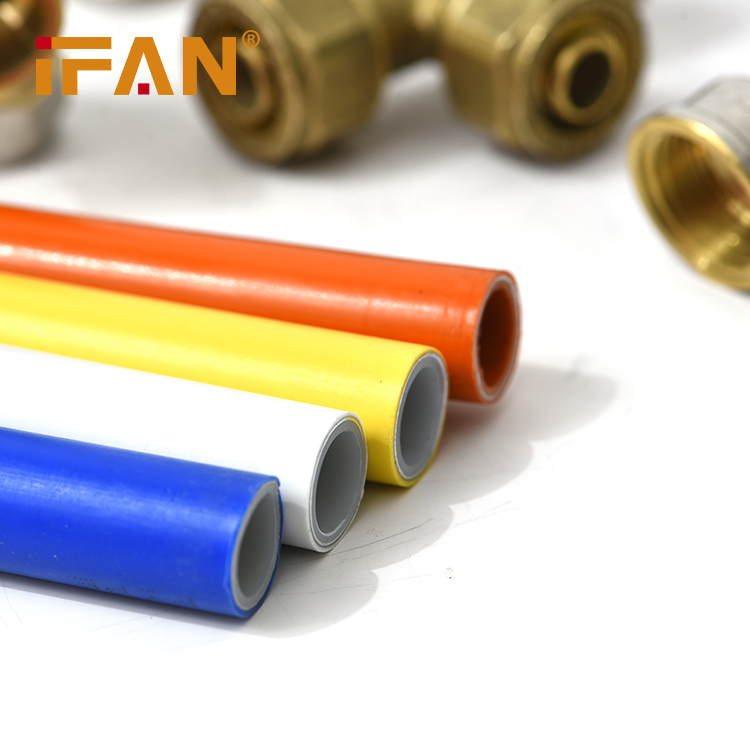PEX Pipes Dimension Considerations
Beyond formulation, dimensions matter too. PEX uses nominal sizing but actual dimensions vary slightly:
– 1⁄4” PEX has 0.25” inside diameter (ID) and 0.375” outside diameter (OD)
– 3⁄8” PEX has 0.375” ID and 0.500” OD
– 1⁄2” PEX has 0.500” ID and 0.625” OD
– 3⁄4” PEX has 0.750” ID and 0.875” OD
– 1” PEX has 1.00” ID and 1.125” OD
Watch OD when connecting fittings, which use nominal sizing. Thicker PEX pipes walls reduce ID, affecting flow, so size up accordingly. Copper tubing OD and ID are identical so the same sizing may have lower PEX flow rates in some situations.
Also, confirm pressure ratings on chosen PEX Pipes meet application needs. 160psi and 200psi are common for residential. Higher commercial demands need higher pressure grades.
Finally, consider coil length options. PEX is available on spools from 100 to over 1000 ft. Longer coils reduce the splices needed compared to shorter lengths. Buy only what you need to avoid waste.
Performance Considerations
Beyond rating differences, tubing properties matter:
– Temperature Cycling – PEX-A has the highest elasticity and memory to resist brittleness after repeated heating and cooling cycles.
– Flow Rate – Larger PEX diameters and thin walls provide the best flow. But flexible PEX has more head loss than rigid copper. Size up accordingly.
– Pressure Surge Resistance – PEX withstands spikes better than rigid materials. But proper system design is still crucial.
– Chemical Resistance – PEX-A offers the best resistance to aggressive like chloramines or acids that attack other plastics and rubbers.
– Fatigue Resistance – PEX-A endures structural stresses like bending, flexing, and vibration best long-term.
Matching anticipated mechanical, thermal, chemical, and hydraulic conditions steers proper PEX selection for each application. One product can’t perfectly fit all scenarios.

If you are interested, please click here and contact us to obtain our product catalog!

